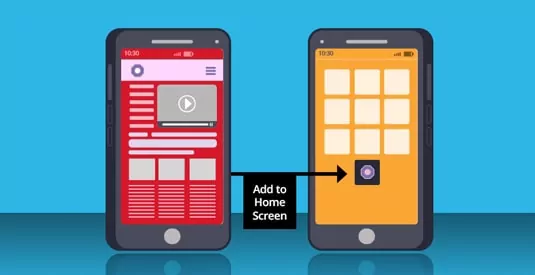.jpg)
Artificial Intelligence (AI) has revolutionized numerous industries, automating processes and providing valuable insights. But one area that has been underplayed in the past is transliteration, the process of converting text from one script to another. However, recent advances in AI have transformed transliteration, creating disruptive possibilities.
In the past, transliteration was a slow and error-prone process that required human intervention. But now, with AI-powered transliteration, machines can automatically convert text from one script to another with remarkable accuracy. This technology has opened up new possibilities for businesses and individuals who need to communicate across different languages and scripts. It’s like going from a manual typewriter to a modern word processing program — the speed and accuracy of the technology is a game changer, making communication far more efficient and reliable.
.jpg)
How Does AI-enabled Transliteration Work?
AI-powered transliteration works by utilizing a complex algorithm that analyses the phonetic or sound-based representation of the original script and then converts it into the target script.
The AI-powered transliteration software first breaks down the input text into individual words, then analyses the pronunciation of each word using a phonetic model. The system then uses Machine Learning (ML) algorithms to predict the most likely conversion of the words from the original script to the target script, taking into account factors such as the context of the text and the language rules that govern each script.
For instance, after processing a large corpus of data, the software may recognize the pattern of a particular word and be able to accurately transliterate it in the future, even if it has never seen it before. This is similar to the way a child learns language; by observing and interacting in their environment, they begin to recognize patterns and are able to learn and understand more words as time goes on.
.jpg)
The Use Cases – Emerging & Promising
AI-powered transliteration is a technology that converts text from one script to another with remarkable accuracy. This technology has many industry use cases and has the potential to disrupt various industries. AI-powered transliteration is being used in many industries.
E-commerce and Retail:
By providing product information in multiple languages, e-commerce and retail companies are improving their CX. For example, a company selling products in India could use AI-powered transliteration to translate product information from English to Hindi. By doing this, the company can reach a wider audience and improve customer engagement. This will also give customers the opportunity to access product information in their native language, which will make the shopping process easier and more enjoyable. Additionally, customers will be more likely to trust the company if they can find product information in their own language.
Education:
AI-powered transliteration is revolutionizing language learning. It is being used in language learning apps and websites to convert text from one script to another, making it easier for students to learn new languages. For instance, students learning Chinese can use AI-powered transliteration to convert Chinese text to English or any other language, making it easier for them to understand and learn.
Healthcare:
The healthcare industry is also using AI-powered transliteration to improve patient care. Using this, healthcare professionals can access patient information in their preferred language by converting patient data from one script to another. Healthcare professionals in countries with a diverse population can use this technology to communicate with patients in multiple languages.
Banking and Finance:
Transliteration powered by AI is improving customer experience (CX) and reducing errors in banking and finance. Using AI-powered transliteration, a bank can convert customer names and addresses from one script to another, reducing errors. It's also being used for fraud detection across languages and scripts. To illustrate, AI-enabled transliteration can help banks in India detect frauds by converting regional language names to English and then comparing them with a database of blacklisted customers.
Grievance Management:
AI-powered transliteration has the potential to revolutionize communication between individuals who speak different languages. It can assist in overcoming language barriers, especially in situations where someone may struggle to express their grievances to authorities due to a lack of proficiency in the official language. In India, for instance, the government has launched the Centralized Public Grievance Redress and Monitoring System (CPGRAMS) to receive complaints from citizens. This platform has integrated AI-powered transliteration to help officials understand complaints that are submitted in regional languages, thereby improving communication and grievance redressal.
.jpg)
Bridging Language & Culture Gaps
As AI-powered transliteration technology develops, it has the potential to revolutionize communication in an increasingly globalized world. Looking to the future, AI-powered transliteration will continue to play a vital role in areas such as international business, customer service, and citizen-centric government applications, helping to bridge the gap between languages and cultures. Ultimately, the future of AI-powered transliteration is both exciting and complex, with the potential to reshape the way we communicate while also presenting new challenges and considerations. As we continue to develop this technology, it will be critical to approach it with a thoughtful and nuanced understanding of its capabilities and limitations, while also striving to ensure that it is used ethically and responsibly. After all, you don’t want to end up with a machine that's fluent in sarcasm but completely tone-deaf.










































We will verify and publish your comment soon.